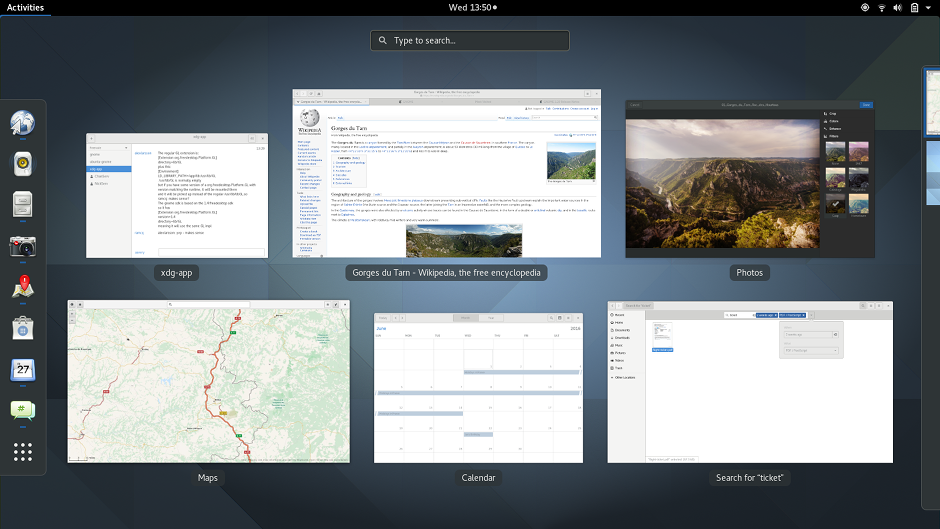Acheter à la source
Airbnb locations saisonnières
Animal-futé Echange de garde d'animaux entre particuliers
ArtyTruck
BBbook crèche en entreprise
BibeliB équipements de voyage
Campe dans mon jardin
Captain contrat documents juridiques pour l'entreprise
Challenge the room escape game
Cohebergement
ColisWeb
Cup of teach
Deliver livraisons
Dépanneurs
Digischool
Doctolib rendez-vous en ligne chez le médecin ou dentiste
Drivy Louez les voitures d'à côté
DropDontPark voiturier à la demande
En voiture Simone code de la route
Fizzer carte postale
Frizbiz besoin de quelqu’un pour vous aider à monter un meuble, vous cherchez une personne pour organiser votre mariage ou bien encore garder vos enfants le temps d’une soirée...
Fundtruck
Gamping camping chez l'habitant (Blog)
HairWeGo
HelloArtisan
HelloCasa travaux maison
Helpling aides ménagères
Hobbystreet
Inpost24.fr
Je stocke GARDE MEUBLE ET STOCKAGE ENTRE PARTICULIERS
KelDoc
L armoire des petits
La ruche qui dit oui agriculteurs et aux artisans de nos régions
Lawcracy conseils juridiques
LeNailTruck
LibreTaxi Alternative à Uber
Lokéo location d'électroménager et multimédia
Mamy Factory Mode enfant tricotée par grand maman
Ma place en crèche
Médiaconf service de médiation à distance
Meero photographe d'intérieur
Meetrip tourisme
Mes dépanneurs
MIB Clean
MillePépites
Mondial relay e-livraisons.
MonChaperon copiétonnage
Mon-incubateur
MonPtiVoisinage
Monsieur Parking
Mon voisin cuisine
Nextdoor
Nos artisans ont du talent
OuiCar Location de voiture entre grandes personnes
OuiStock
PermisGo auto-école en ligne
Pickmecab chauffeur en ligne
Plantez chez nous
Popmyday beauté à domicile
ProxiProf soutien scolaire
PushDoctor UK
RDV médicaux
Récupe.net
Resto-in Paris
RueCentrale
SimoneParis beauté à domicile
Size-Factory vêtements de grande taille
Smiile réseau d'entraide
SocialGoodWeek
SondageRémunéré
Soyez BCBG
Super-marmite ça mijote près de chez vous
SuperProf soutien scolaire
Team-break escape game
The case factory coques pour téléphones
TheRollingShop
TripNDrive location de voitures entre particuliers
TripNGo Découvrez et rejoignez des sorties et activités organisées par des particuliers autour de vous.
Uber devenir chauffeur
Welcome city lab tourisme
Welp réseau d'entraide
YakasAider
Yescapa location de camping-car entre particuliers
Yokoro annonces
Yoobo soins à domicile
You2You Livraison collaborative
Younited-credit
Youjo
BookCrossing / Echange de livres :
BookMoochCircul-livre.blogspirit
RecycLivre
_Cinnamon.png/640px-Linux_Mint_17_(Qiana)_Cinnamon.png?uselang=fr)










